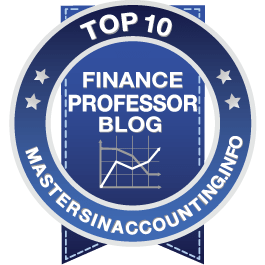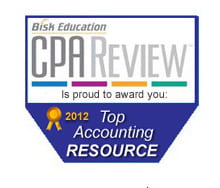Berkshire Hathaway 2016 Annual Meeting
David Kass, a Berkshire shareholder, researcher and business professor at the University of Maryland, says that from 1965 through 1998, Berkshire’s book value compounded at an average annual rate of 25 percent, versus 13 percent for the S&P 500, dividends included.
The growth rate, however, dimmed to 9 percent from 1999 through 2015, versus 7 percent for the S&P 500, with dividends included. Worse, between 2009 and 2015, Berkshire has underperformed the S&P 500, with an average annual compounded return of 12 percent versus 15 percent for the index.
Has Buffett lost his touch? Is there some toxic flaw deep in the inner workings at Berkshire?
Not really. If anything, Berkshire supporters say, the company is simply a victim of its own size, and expectations should naturally change.
“The greatest limiting factor to Berkshire’s rate of growth in per-share book value is its increasing size,” Kass said. “With total assets of $552 billion at year-end 2015, and ranked fifth in market capitalization in the S&P 500, it is becoming increasingly difficult to move the needle.”
The entire article is available at:
University of Maryland business professor and Berkshire shareholder David Kass has attended the past 10 meetings and has kept detailed notes on each, including reviews of the Berkshire-produced short film, which has been a draw in recent years.
“The attendance has grown each year from 24,000 in 2006 to over 40,000 in 2015,” Kass said. I have always enjoyed the humorous film starring Warren and Charlie at the beginning of the annual meeting.”
As the attendance has grown over the years, so have the lines to get into the CenturyLink Center, Kass said, with shareholders recently beginning to arrive in line at 4 a.m. for a 7 a.m. entrance.
“In the earlier days I was able to recognize people I knew at the meeting a lot more easily than recently with the larger crowds,” Kass said. “But the main reason I am there has not changed — to be in the same room with Warren and Charlie as they answer shareholder questions.”
The entire article is available at:





Change in Net Worth per share is a metric that Warren Buffett began using at the earliest stage of Berkshire’s development. From the standpoint of an unassailable integrity, combined with an aversion for “changing up the batting order”, Mr Buffett has continued a 50-year tradition of reporting on the change in book as the introduction to each of his letters. However, the best metric — a central focus on operating earnings — for Berkshire’s performance has been evolving at an accelerated rate since the Mid-1990s, as Mr Buffett has been articulating in several recent letters. The better assessment today would find the marked-to-market, insurance-subsidiary-held, investments per share, $159,794 as of EOY 2015, taken off the top of the market share price; and the balance should be evaluated as to how well it has been capitalized by the market for present value purposes.
Stated differently, if one were to use $215,000 as an illustrative market price for BRK/A, and then were to deduct the insurance cash and investments per share ($159,794), a balance of a mere $55,206 per A share remains on that hypothetical price. The 55K balance reflects a paltry P/E of 5X for the $11,186 per share in earnings coming from the non-insurance operating subsidiaries. Deducting the underwriting profit per share from the reported $12,304 is how the earnings are reduced to $11,186 per share; this keeps the additional analysis insurance free. The implication is that the operating subsidiaries — treated as a separate business spun off from insurance — could be purchased for 90.7 billion dollars. I get to $90.7B by multiplying the 2015 avg. outstanding common shares of 1,643,183 by the $55,206 that remains after the cash and investments per share are taken off the top of the illustrative share price. This presents a problem under current circumstances.
All analytical investors are then left with a dilemma: what would any reasonable entity today pay to buy ALL of BNSF, all of Precision Castparts, all of Lubrizol, and all of BH Energy? If the dilemma were solved by that entity minimally-bidding the near $91B that the multiplier above provides, we would find an assortment of free fruit hanging on low branches in relation to all those other businesses not-yet accounted for. As enterprising investors, we would naturally conclude that since the Wisdom of Wall Street has, with perfect rationality, fully priced Berkshire Hathaway, then we should be able to obtain free Diamonds, free Running Shoes, free Machined Tools, free Construction Materials, free Tank Cars and Cranes, free Realty Brokerage Services, Free Newspapers, free Home Furnishings, and EVERY Dilly Bar on Planet Earth, among many, many other freebies. There is simply no pricing left over, under current conditions, to account for all those other (apparently worthless) businesses, after the $90.7B was handed over for four of the “Powerhouse Six.”
Boiled down, my contention is simple: either all-but-four of Berkshire’s non-insurance businesses are worthless, or Wall Street is throughly snoozing through the alarm clock on Berkshire’s evolution.